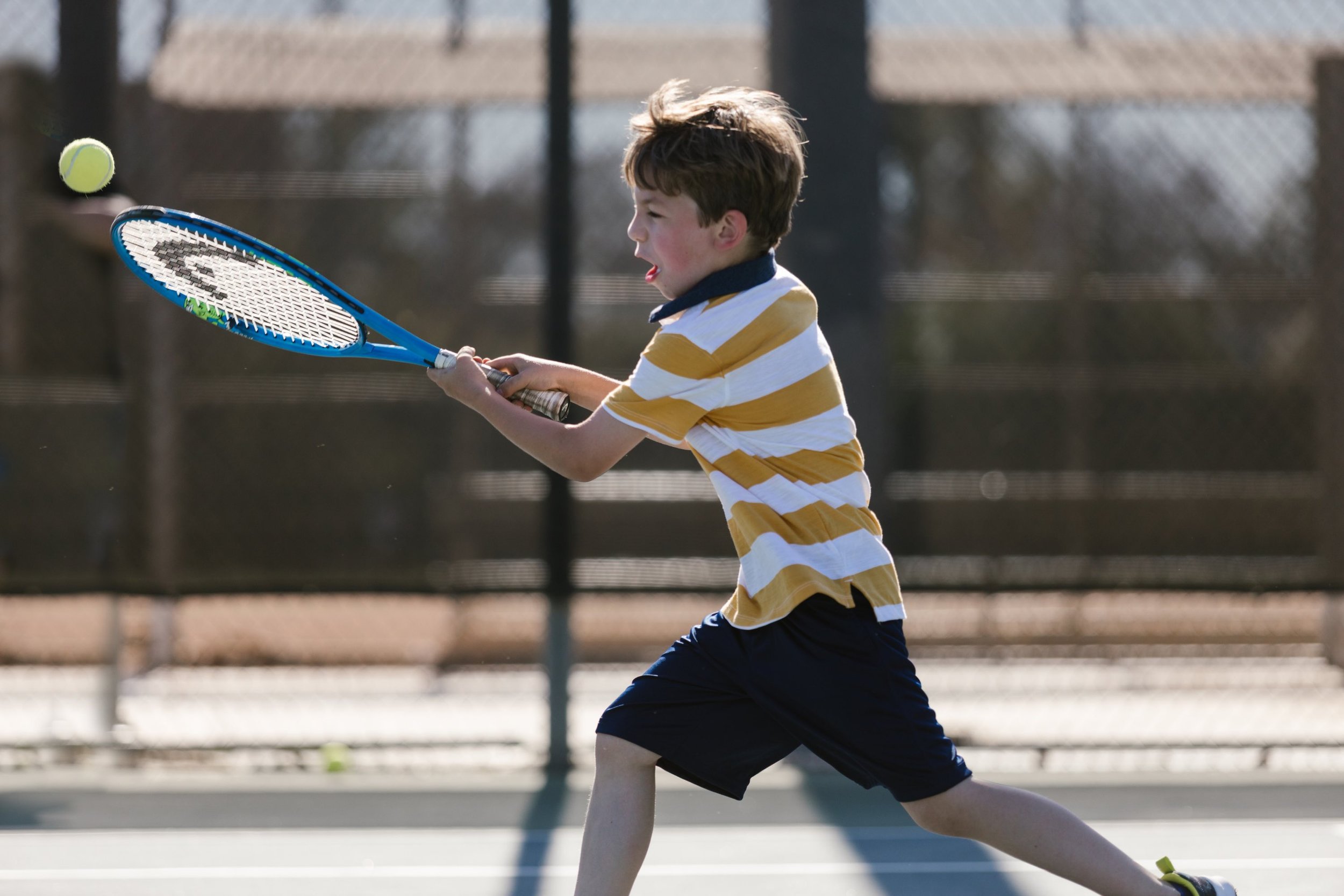6 Common Mistakes Beginners Make When Playing Tennis (And How To Fix Them)
Tennis is a great sport for exercise, leisure, and competition. However, as with any sport, there is a learning curve. If you are new to tennis, you may be making some common mistakes that are hindering your progress and enjoyment of the game. We will explore the 6 most common mistakes tennis beginners make and how to avoid them.
Not Holding The Racket Correctly
One of the most common mistakes beginners make is not holding the racket correctly. The grip is very important in tennis because it affects your control of the ball. There are three main types of grips: the Continental Grip (used for backhand strokes, volleys and serves), the Eastern Forehand Grip (used for forehand strokes), and the Western Forehand Grip (used for topspin forehand strokes). If you're not sure which grip to use, ask a tennis pro or watch some instructional videos online.
Not Paying Attention To Footwork
Good footwork is essential because it allows you to get into position to hit the ball properly. When your feet are in the right position, your body will be in the right position, which means that you'll be able to swing your racket more effectively and generate more power. One common mistake beginners make is staying stationary instead of moving their feet. You should always be moving your feet, shuffling from side to side even when you are not hitting the ball. This will help keep you balanced and ready to react, no matter where the ball is going.
Not Using The Body
A lot of beginners try to hit the ball with their arms only, but this is incorrect. You should be using your whole body when you swing. This includes your legs, hips, and torso. Rotate your shoulders and transfer your weight from your back foot to your front foot as you swing. This will give you more power and control over your shots.
Swinging Too Hard
Players often think that they need to swing as hard as they can in order to hit a winning shot. However, this is not always the case. You want to make sure that you are swinging at an appropriate speed based on the shot that you are trying to hit. If you swing too hard, there’s a good chance that you will miss the ball or that the ball will land outside the court.
Not Following Through
Another mistake many beginners make is not following through with their swing after they hit the ball. This results in a weak shot that doesn't have much power behind it. In order to generate efficient power, you need to follow through with your swing until your racket face ends around your shoulder height.
Not Playing Against Opponents Of Similar Levels
Playing against opponents who are much better than you can be discouraging and cause you to develop bad habits. Likewise, playing against opponents who are much worse than you can give you a false sense of confidence. Try to find opponents who are at or slightly above your skill level so that you can improve your game without becoming frustrated or developing bad habits.
In order to improve your tennis game, it is important to avoid making these common mistakes. Use the proper grip, footwork, and body rotation so that you can play more efficiently. Remember to swing at an appropriate speed and follow through with your shots. Finally, try playing against opponents of similar skill levels in order to get the most out of your matches.


"The Philosophical Tennis Player: Thinking Your Way To Winning" offers a unique perspective on the sport of tennis. This book provides guidance inspired by philosophy to help you rethink the game and reach your peak performance. The author breathes life into abstract philosophical concepts, transforming them into tangible strategies everyone can use to become a successful player. Readers will gain insight into the psychological aspects of tennis and recognise the timeless values that extend beyond the confines of the court.
About The Author
Darren Teo is the founder of Play! Tennis, the most Google reviewed tennis academy in Singapore. His passion for making tennis accessible to everyone regardless of their age, experience and ability continues to drive his work at the school. He is a thought leader in LinkedIn with 14,000 followers.